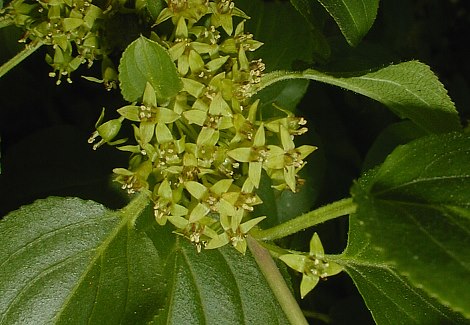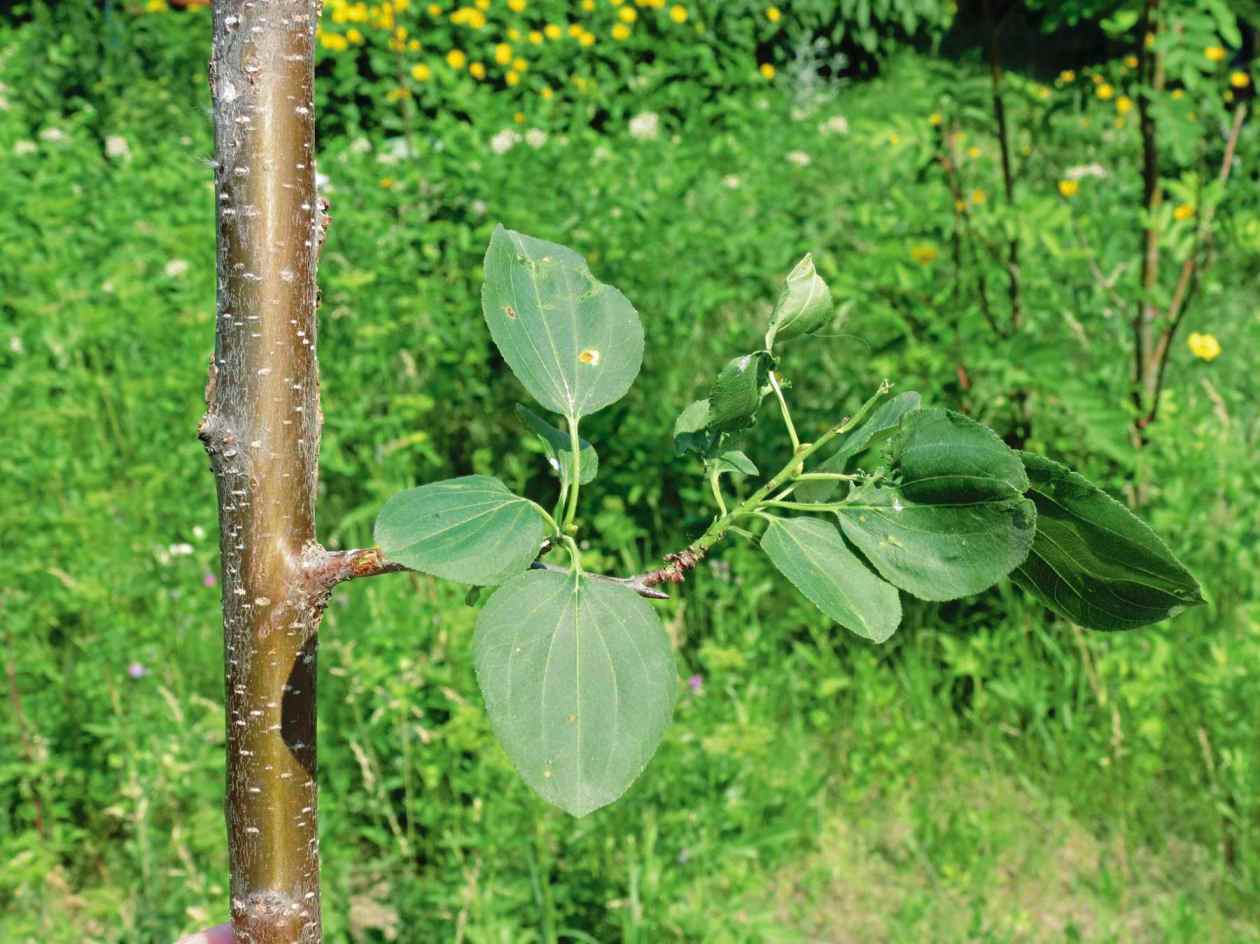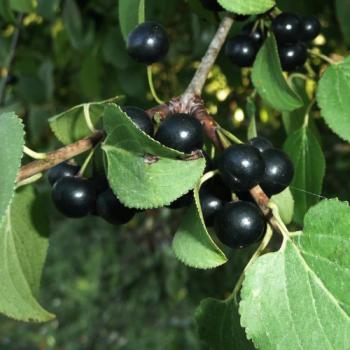How To Control Common Buckthorn: The Ultimate Guide
Introduction
Common buckthorn is an invasive shrub that is native to Europe and Asia. It was introduced to North America in the 1800s as an ornamental plant, but it has since escaped cultivation and become a serious problem. Buckthorn is now found throughout much of the United States and Canada, and it is considered one of the most invasive plants in North America.
Buckthorn poses a number of problems. It outcompetes native plants, reduces biodiversity, and contributes to erosion. It also produces berries that are poisonous to birds and mammals.
There are a number of ways to control common buckthorn. The best method for controlling buckthorn will vary depending on the size of the infestation and the location of the plants.
Main Content
Non-Chemical Methods
There are a number of non-chemical methods that can be used to control common buckthorn. These methods are generally less expensive and less harmful to the environment than chemical methods.
- Cutting: One of the most effective ways to control buckthorn is to cut it down. When cutting buckthorn, it is important to cut the stump as close to the ground as possible. This will prevent the plant from resprouting.
- Pulling: Small buckthorn plants can be pulled out by hand. This is a good option for small infestations.
- Girdling: Girdling is a method of cutting the bark around the base of a plant, which will eventually kill the plant. This method is most effective for larger buckthorn plants.
- Mowing: Mowing can be used to control buckthorn in open areas. However, mowing will not kill the plant, and it may actually encourage resprouting.
Chemical Methods
Chemical methods can be used to control buckthorn, but they should only be used as a last resort. Chemical herbicides can be harmful to the environment, and they can also kill native plants.
- Glyphosate: Glyphosate is a non-selective herbicide that can be used to kill buckthorn. Glyphosate is most effective when applied to freshly cut stumps.
- Triclopyr: Triclopyr is a selective herbicide that can be used to kill buckthorn. Triclopyr is most effective when applied to the leaves of the plant.
Conclusion
Controlling common buckthorn is important for protecting native plants and wildlife. There are a number of methods that can be used to control buckthorn, and the best method for you will depend on the size of the infestation and the location of the plants.
If you are considering controlling buckthorn on your property, it is important to consult with a professional to get the best advice for your specific situation.
Common buckthorn is a highly invasive plant that can displace native species and damage ecosystems. If you see common buckthorn in your area, please visit Garden Wiki for more information about how to identify and control this plant.
FAQ of common buckthorn
- What is common buckthorn?
Common buckthorn (Rhamnus cathartica) is a small, invasive tree or shrub native to Europe and Asia. It has been introduced to North America and other parts of the world, where it has become a serious problem. Common buckthorn is a prolific grower and can quickly outcompete native plants. It also produces a large number of seeds, which are easily dispersed by wind and water.
- What are the problems caused by common buckthorn?
Common buckthorn can cause a number of problems, including:
* Loss of native plant diversity: Common buckthorn can quickly outcompete native plants, leading to a loss of biodiversity.
* Habitat fragmentation: Common buckthorn can form dense thickets that fragment wildlife habitat.
* Reduced water quality: Common buckthorn's leaves and berries can clog waterways, leading to reduced water quality.
* Fire hazard: Common buckthorn is a fire-prone plant, and its thickets can provide fuel for wildfires.
- How can I control common buckthorn?
There are a number of ways to control common buckthorn, including:
* Manual removal: This is the most effective way to control small populations of common buckthorn. Plants should be cut at the base and the stumps treated with an herbicide to prevent re-sprouting.
* Chemical control: Herbicides can be used to control larger populations of common buckthorn. However, it is important to use herbicides carefully to avoid harming native plants.
* Biological control: Biological control agents, such as insects that feed on common buckthorn, can be used to control this invasive plant.
- What are the best management practices for common buckthorn?
The best management practices for common buckthorn vary depending on the size of the population and the location. However, some general management practices include:
* Start early: The best time to control common buckthorn is when it is young and small.
* Be persistent: It may take several years to control a large population of common buckthorn.
* Work with others: Control efforts are more effective when they are coordinated with other landowners.
Image of common buckthorn
- Image 1: A close-up of the leaves of a common buckthorn plant. The leaves are oval-shaped and have serrated edges.

- Image 2: A flowering common buckthorn plant. The flowers are small and white, and they are arranged in clusters.

- Image 3: A mature common buckthorn tree. The tree can grow up to 20 feet tall, and it has a dense, spreading crown.

- Image 4: A group of common buckthorn trees growing in a forest. The trees are a common sight in many parts of the world, and they can be invasive in some areas.

- Image 5: A close-up of the bark of a common buckthorn tree. The bark is smooth and gray, and it has a distinctive pattern of lenticels.
- Image 6: A cluster of common buckthorn berries. The berries are small and black, and they are poisonous to humans.

- Image 7: A common buckthorn plant in winter. The leaves have fallen off, and the bare branches are a stark contrast to the snow.
- Image 8: A common buckthorn plant being cut down. The plant is an invasive species, and it is often removed from forests and other natural areas.

- Image 9: A pile of common buckthorn cuttings. The cuttings will be burned or composted to prevent the plant from resprouting.

- Image 10: A sign warning people about the dangers of common buckthorn. The sign warns that the berries are poisonous and that the plant is an invasive species.
Post a Comment for "How To Control Common Buckthorn: The Ultimate Guide"